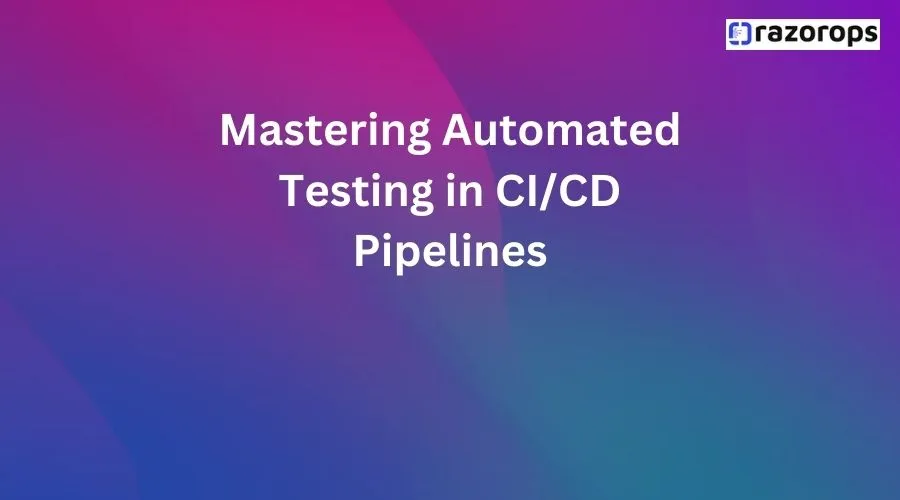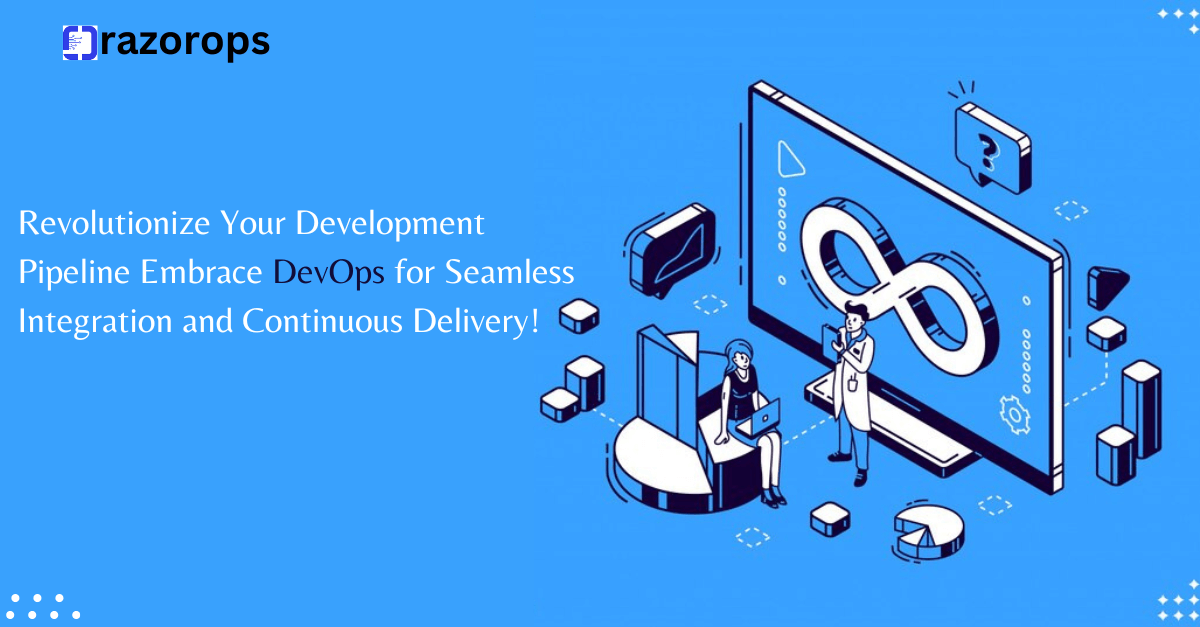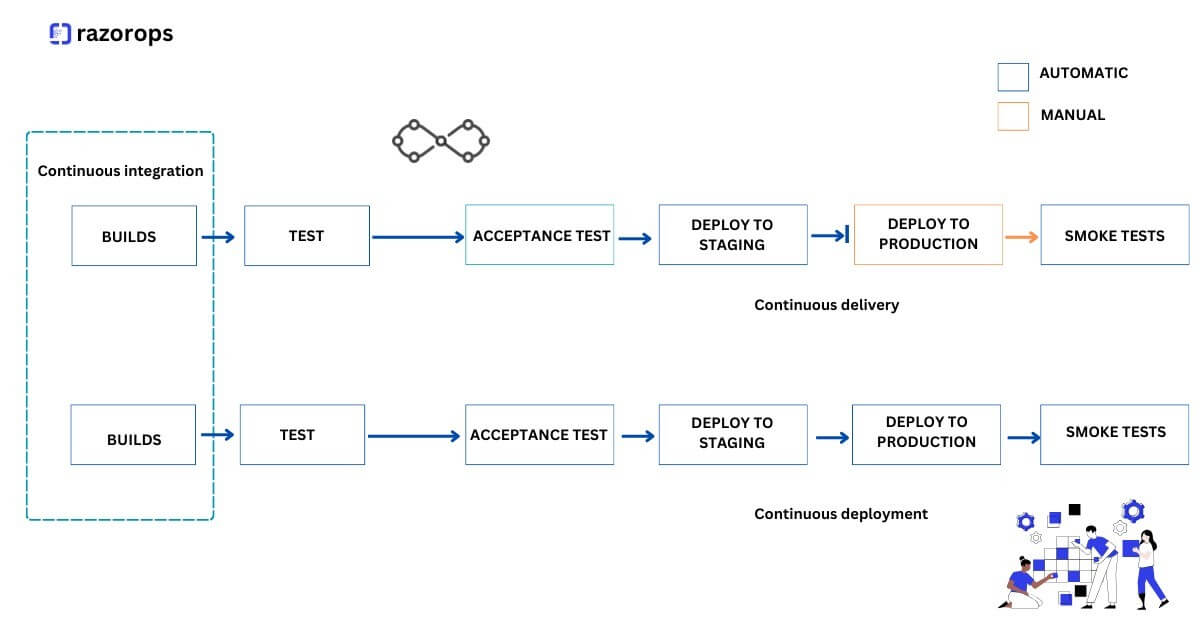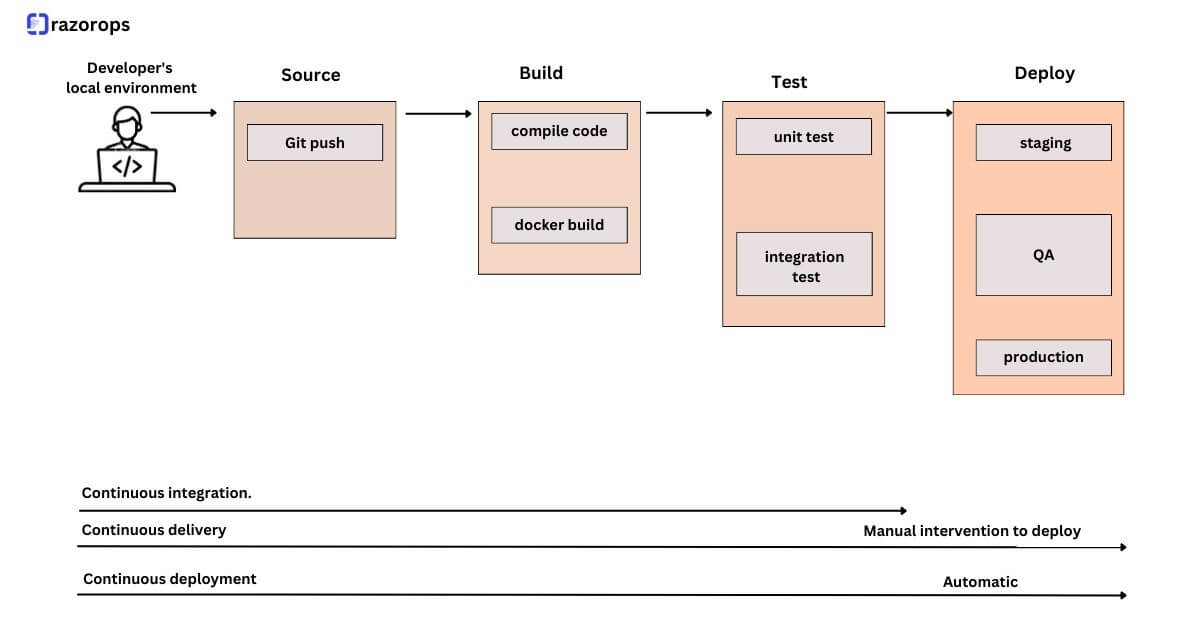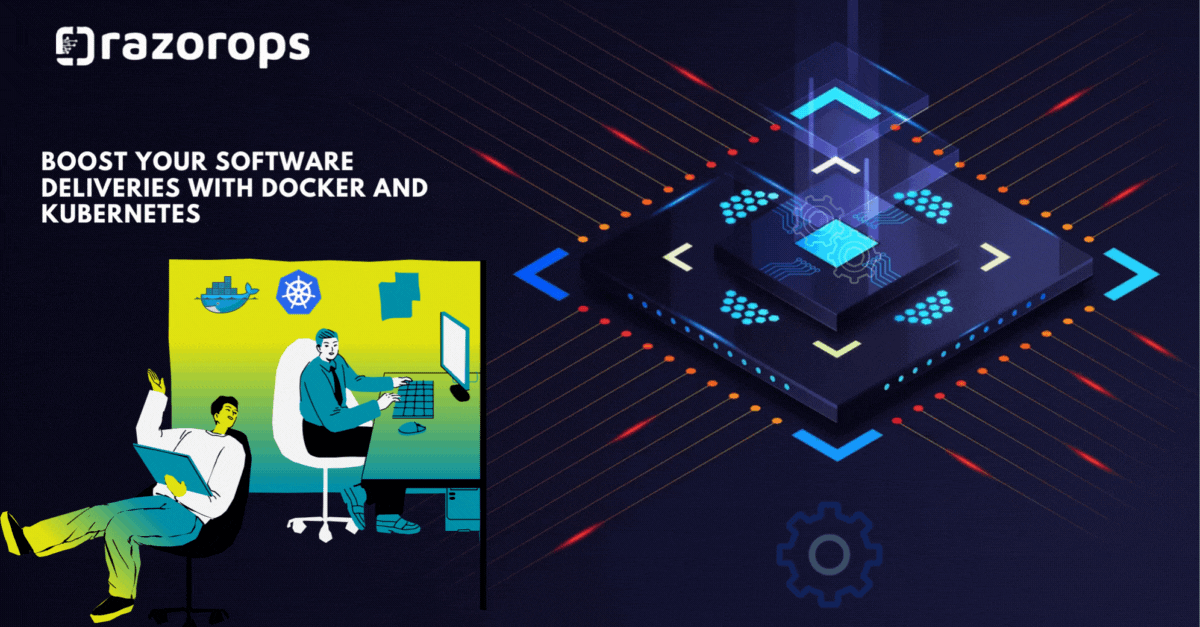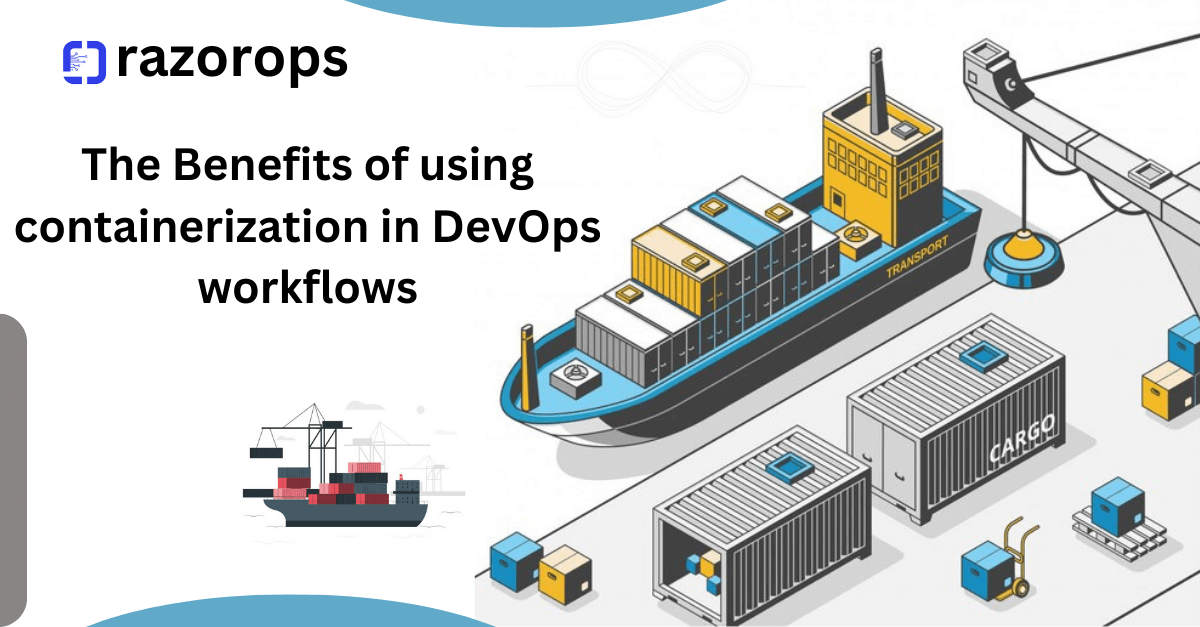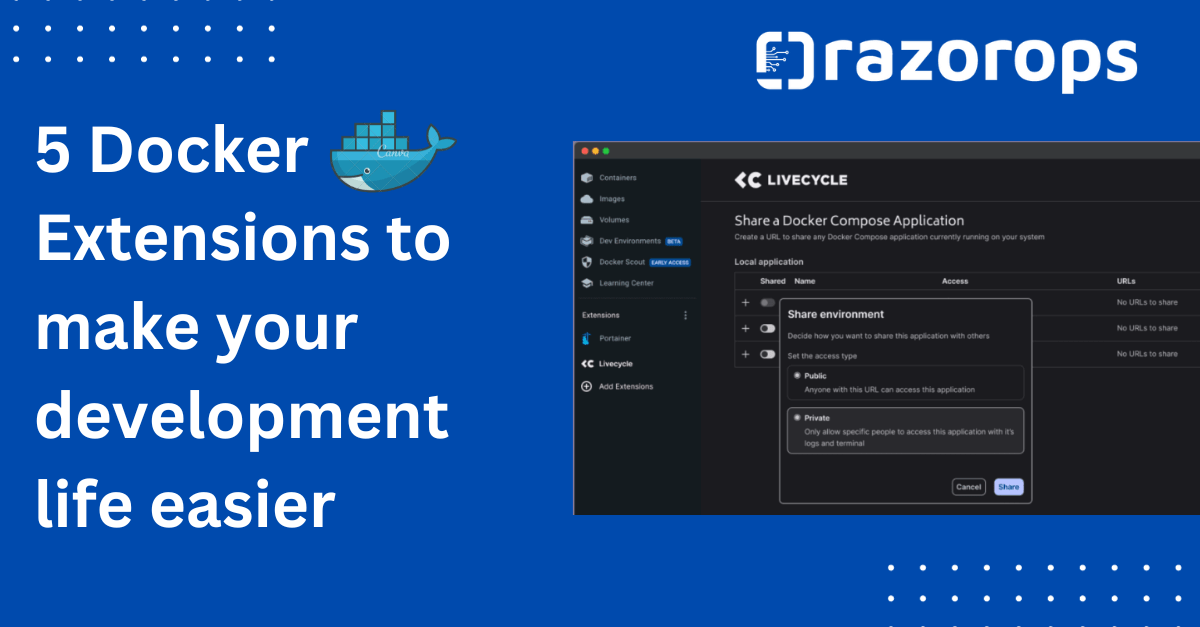The Evolution of DevOps From Concept to Best Practice
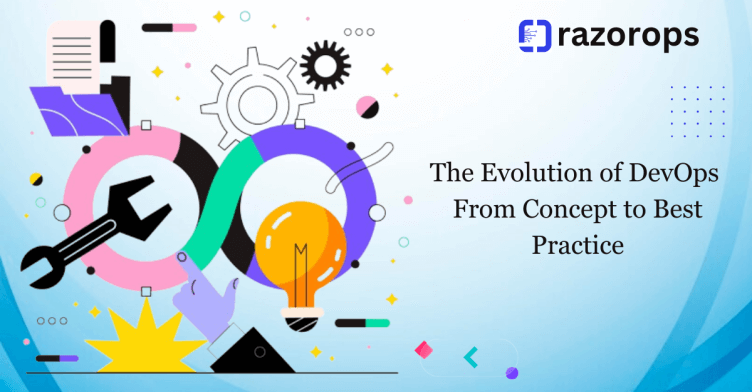
Software development, the evolution of DevOps has been nothing short of revolutionary. What began as a simple concept has transformed into a best practice that is reshaping the way organisations develop, deploy, and maintain their software. In this blog post, we will take a journey through the evolution of DevOps, from its humble beginnings to its current status as an indispensable part of modern software development.
The Evolution of DevOps Practices
DevOps has matured and expanded its scope, giving rise to various practices and tools:
Infrastructure as Code (IaC): IaC enables the provisioning and management of infrastructure using code. Tools like Terraform and AWS CloudFormation have made it easier to automate infrastructure setup and maintenance.
Containerization and Orchestration: Technologies like Docker and Kubernetes have revolutionised how applications are packaged and deployed, making it easier to scale and manage complex microservices architectures.
Site Reliability Engineering (SRE): SRE applies software engineering principles to operations tasks, ensuring the reliability and availability of services. Google popularized this approach, and it has become integral to DevOps practices.
Security as Code: Integrating security into the DevOps pipeline is crucial. DevSecOps incorporates security checks and measures at every stage of development, addressing vulnerabilities early in the process.
Serverless Computing: Serverless architectures, exemplified by AWS Lambda and Azure Functions, have emerged as a way to abstract away server management, enabling developers to focus solely on code.
The Future of DevOps
As we look to the future, DevOps continues to evolve. Here are some trends and developments to watch for:
DevSecOps: Security is becoming an integral part of DevOps, giving rise to DevSecOps. This approach integrates security practices into the software development and deployment pipeline, ensuring that security is not an afterthought.
AIOps: Artificial Intelligence for IT Operations (AIOps) leverages AI and machine learning to enhance monitoring and incident response, making DevOps processes even more efficient.
Serverless and Kubernetes: These technologies are changing the way applications are deployed and managed, offering new possibilities and challenges for DevOps teams.
Collaboration and Automation
In its early days, DevOps focused on fostering collaboration and communication between development and operations teams. This was achieved through practices such as:
Automation: DevOps teams began automating repetitive tasks, such as code deployments, configuration management, and testing. Tools like Puppet, Chef, and Ansible became instrumental in streamlining these processes.
Continuous Integration and Continuous Delivery (CI/CD): CI/CD pipelines became a cornerstone of DevOps practices, allowing teams to build, test, and deploy code changes quickly and consistently.
Monitoring and Feedback: DevOps emphasized real-time monitoring and feedback loops, enabling teams to detect and address issues proactively.
The Rise of DevOps Culture
As DevOps practices matured, a cultural shift began to take place within organizations. DevOps was no longer just about tools and automation; it became a mindset and a way of working. Key cultural aspects of DevOps include:
Collaboration: Developers and operations teams started working together closely, breaking down traditional barriers and fostering a sense of shared responsibility.
Ownership: DevOps encouraged teams to take ownership of the entire software delivery pipeline, from code development to production deployment and monitoring.
Fail Fast, Learn Fast: The culture embraced the idea that failure is an opportunity to learn and improve. This mindset shift led to faster innovation and more resilient systems.
The Modern DevOps Landscape
Today, DevOps has evolved into a comprehensive set of practices and principles that extend far beyond development and operations. Some key trends and best practices in modern DevOps include:
DevSecOps: Integrating security into the DevOps pipeline, ensuring that security is not a bottleneck but an integral part of the development process.
Infrastructure as Code (IaC): Treating infrastructure configuration as code, allowing for automated provisioning and management of infrastructure resources.
Microservices and Containers: Using containerization and microservices architecture to build scalable and portable applications.
Serverless Computing: Leveraging serverless platforms to abstract away infrastructure management, allowing developers to focus on code.
AI and Machine Learning: Integrating AI and ML into DevOps processes for predictive analytics, anomaly detection, and automation.
The evolution of DevOps from a concept to a best practice has reshaped the software development landscape. It has not only accelerated software delivery but also improved the quality, reliability, and security of software systems. As technology continues to advance, DevOps will likely continue to evolve, adapting to new challenges and opportunities. Embracing DevOps as a culture and a set of best practices is no longer optional but essential for organisations striving to stay competitive in the digital age. Follow RazorOps Linkedin Page Razorops, Inc.


